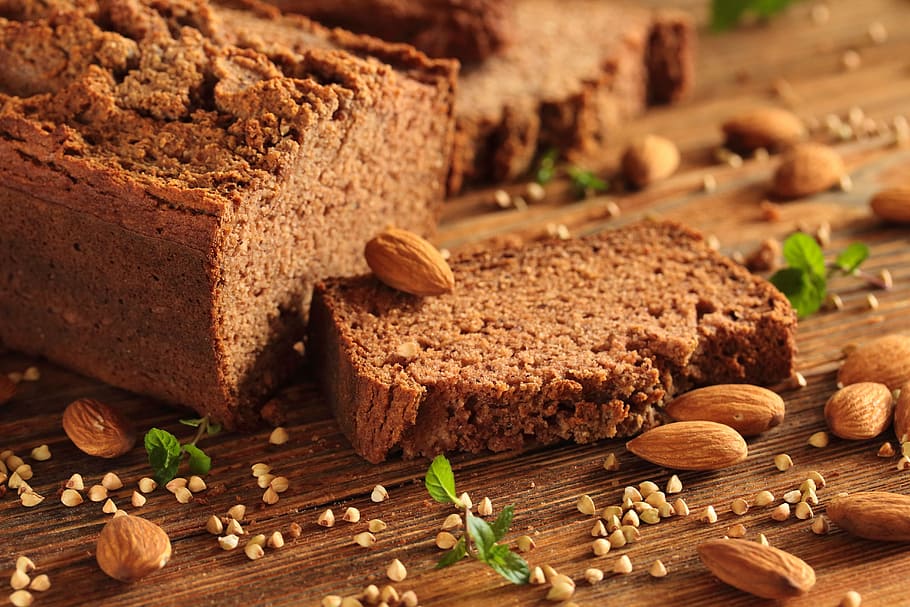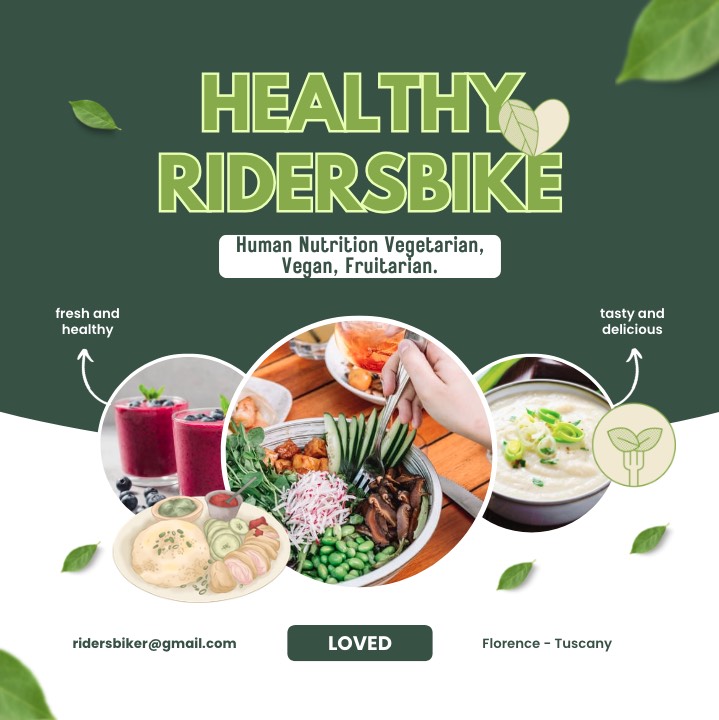Gluten free

A gluten-free diet excludes foods containing gluten, a protein found in wheat, barley, rye, and their derivatives. This diet is essential for managing conditions like celiac disease and non-celiac gluten sensitivity, where gluten triggers adverse reactions in the body.
Gluten-free diets involve avoiding products made with wheat, barley, rye, and spelt, including bread, pasta, cereals, and baked goods. However, a wide range of naturally gluten-free foods can be consumed, such as fruits, vegetables, meats, poultry, fish, beans, legumes, and most dairy products.
The U.S. Food and Drug Administration (FDA) has set specific criteria for foods labeled “gluten-free,” ensuring they contain less than 20 parts per million (ppm) of gluten. This standard helps people with celiac disease and gluten sensitivity make informed choices about their food.
While a gluten-free diet can help manage symptoms and improve health for those with gluten-related disorders, it may also lead to weight loss due to the elimination of processed foods and refined carbohydrates. However, it’s important to ensure a balanced intake of nutrients, as some processed gluten-free foods can be high in unhealthy ingredients like sodium, sugar, and fat.
If you’re considering a gluten-free diet, consult a healthcare provider or a registered dietitian to ensure you’re meeting all your nutritional needs and to determine if the diet is right for you.
Fruits: Naturally gluten-free and a good source of vitamins and fiber.
Vegetables: Also naturally gluten-free and rich in essential nutrients.
Meats: Lean meats, poultry, and fish are gluten-free options.
Legumes: Beans, lentils, and chickpeas are gluten-free and high in protein.
Dairy Products: Most dairy products are gluten-free, but check labels for additives.
Gluten-Free Grains: Quinoa, rice, buckwheat, tapioca, sorghum, corn, millet, amaranth, arrowroot, teff, and oats (if labeled gluten-free) are safe options.
Starches and Flours: Potato flour, cornstarch, corn flour, chickpea flour, soy flour, almond meal or flour, coconut flour, and tapioca flour are gluten-free alternatives.
It’s crucial to read food labels carefully and be aware of potential cross-contamination, especially with oats and processed foods. Some restaurants also offer gluten-free options, but it’s wise to ask about preparation methods to avoid cross-contamination.















